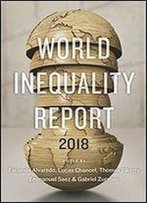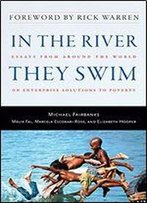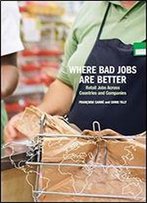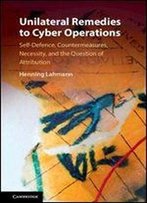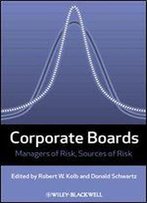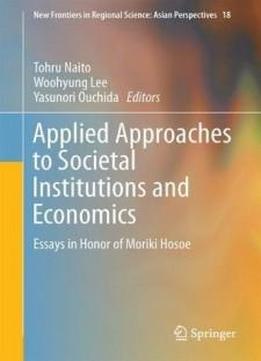
Applied Approaches To Societal Institutions And Economics: Essays In Honor Of Moriki Hosoe (new Frontiers In Regional Science: Asian Perspectives)
by Tohru Naito /
2017 / English / PDF
4.1 MB Download
This book gives readers the theoretical and empirical methods to
analyze applied economics. They are institutional economics,
information economics, environmental economics, international
economics, financial economics, industrial organization, public
economics, law and economics, and spatial economics. Because the
chapters of this book deal with current topics in these categories,
they are relevant not only to researchers and graduate students but
also to policy makers and entrepreneurs. As there is uncertainty
about the global economy, it is necessary to consider optimal,
efficient behavior to survive in the confused world. The book is
organized in three parts. Part 1 deals with institutional
economics, information economics, and related topics, approached
through game theory. Part 2 focuses on environmental economics,
international economics, and financial economics, through a
microeconomic or econometric approach. Finally, Part 3 concentrates
on public economics, social security, and related fields, through
microeconomics or macroeconomics.
This book gives readers the theoretical and empirical methods to
analyze applied economics. They are institutional economics,
information economics, environmental economics, international
economics, financial economics, industrial organization, public
economics, law and economics, and spatial economics. Because the
chapters of this book deal with current topics in these categories,
they are relevant not only to researchers and graduate students but
also to policy makers and entrepreneurs. As there is uncertainty
about the global economy, it is necessary to consider optimal,
efficient behavior to survive in the confused world. The book is
organized in three parts. Part 1 deals with institutional
economics, information economics, and related topics, approached
through game theory. Part 2 focuses on environmental economics,
international economics, and financial economics, through a
microeconomic or econometric approach. Finally, Part 3 concentrates
on public economics, social security, and related fields, through
microeconomics or macroeconomics.

